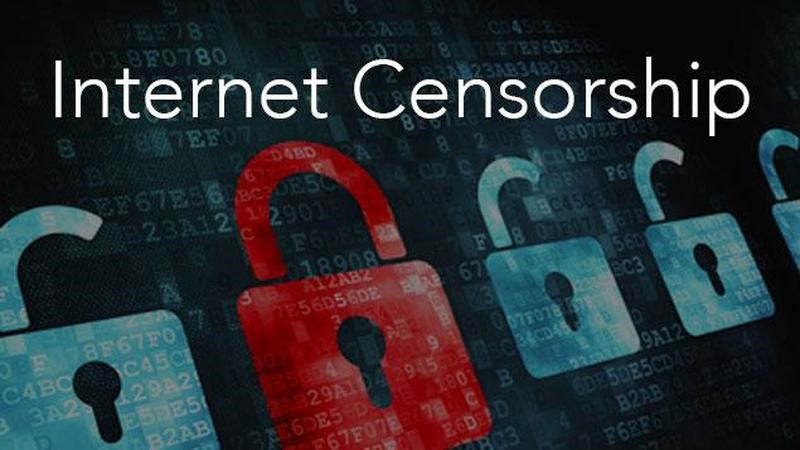
Net Neutrality was first signed into law by President Obama, but later repealed by President Trump. It means that all internet service providers must allow users to have access to all internet sites at equal speeds. All websites are to be treated equally and under the same conditions. This means that none of the internet providers are allowed to block internet access or sites based on their own agenda, advertising, or political beliefs. The internet providers must be neutral.The benefits of net neutrality for businesses is that it levels the playing field for smaller businesses to compete for business. In past advertising practices, the larger businesses that had more revenue were able to afford higher advertising costs. The smaller businesses had to depend on cheaper forms of advertising, thus not being able to reach as many potential customers. Net neutrality reduced this discrepancy, making it easier for smaller and more remote businesses to compete. The benefits for individual consumers is that no matter how expensive your phone plan, everyone has access to the same internet speeds. Many internet providers offer payment plan options based on choice of speed. This segregates against those of us who can’t afford large monthly payments. Additionally, with Net Neutrality everyone has freedom to search any political sites or articles of their choice without the threat of a service provider disrupting their search. When students are asked to do research,they have to be able to access multiple sites to debate pros and cons. Their work should not be interfered with by ISP because they have political views different from others.
Learn more
Internet censorship is when someone, a group, an ISP, or a government determines what is allowed to be viewed on the internet. It can range from advertisements to search engines, to videos, etc. Internet censorship is when a government or private company blocks content from being accessible to internet users. There are many pros and cons to censorship. First, the pros allow the government or a company to hire others to block hackers from reaching personal information. It can help them protect citizens from cyber criminals overseas. Censorship can also be used to squash fake news, or to intercept and prevent a horrific tragedy. In these cases, censorship is used to keep people safe. On the other hand, there are cons to censorship. It is very expensive because you have to have a team of highly qualified people to run it effectively. When censorship is implemented, it sometimes interrupts internet access to everyone, causing financial hardships, like what happened in Saudi Arabia in 2016. It cost them $465 million according to smallbusiness.chron.com. Censorship can be used to diminish opportunities for smaller businesses, creating an unfair advantage for big businesses. Censorship can also be used for political bias instead of allowing freedom of political choice. Such as in most dictatorships, like China, where most search engines have entire subjects censored and redirected.
Learn more
Digital Divide has really became a problem nowadays, as Digital divide is the division between people who have access to the internet and those who do not. In 2006, Jakob Nielsen, Ph.D., defined the digital divide as having 3 stages. First he said there was an economic divide based on finances. Initially this was the main factor in the digital divide because lower income families could not afford the cost of computers and internet access. As the cost of computers decreased and government subsidized programs offered free phones and internet plans to poor individuals, this divide was reduced. When schools shut down for the pandemic, Spectrum offered free internet access to families of low income households. Although this helped supply computers and internet to the students and their homes, there is also a usability divide. This means that lower income families may not have the training or experience to use the devices. Most training comes from use. Since many lower income families have gone years without home internet, they have lost out on these experiences and opportunities. Although the pandemic has affected many of peoplein many ways, the benefit of it has been that it has opened people's eyes. According to Nielsen, the last phase is the empowerment divide. As a result of school shutdowns, this stage of the divide is being worked on now. Many local communities are working to support lower income families with having and using technology in their own homes. The hope is that access to these tools and new training programs will have a positive impact in their futures as they now have the same access as the more affluent homes.
Learn morewere created by nicepage (felt like I had to give some credit)
